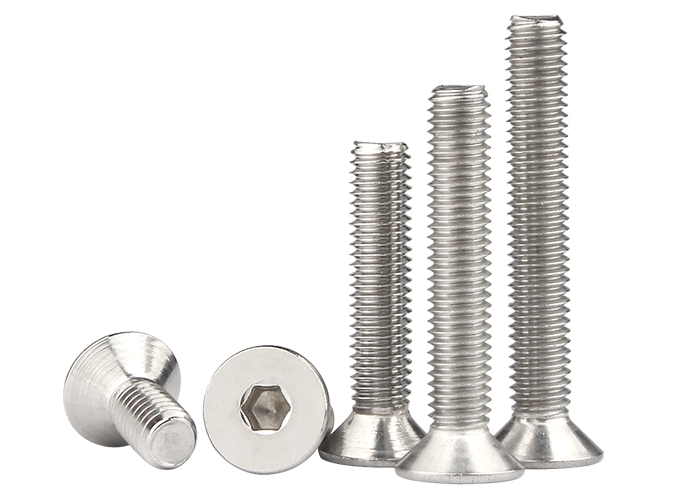

high collar flat washer
Sep . 04, 2024 02:29 Back to list
high collar flat washer
High Collar Flat Washer An Essential Component in Engineering
In the vast world of mechanical engineering and construction, seemingly small components often play crucial roles in the overall integrity and functionality of structures and machines. One such component is the high collar flat washer, an indispensable item that facilitates effective load distribution and enhances assembly reliability.
A high collar flat washer is characterized by its unique design, featuring a raised collar around the center hole. This design serves multiple purposes, primarily by increasing the surface area that contacts the fastener and the material being joined. This feature is critical in applications where bolted connections are subjected to significant forces and vibrations, as it helps to prevent the loosening of bolts over time.
The primary function of any washer is to distribute the load of the fastener evenly across the surface material. In the case of high collar flat washers, their height is particularly beneficial when working with uneven surfaces or materials that might compress under load. The collar ensures that the stress is distributed more uniformly, thus reducing the risk of damage to the workpieces. This is especially important in high-stress applications, such as automotive engineering or heavy machinery assembly, where the structural integrity is paramount.
high collar flat washer

Another significant advantage of using high collar flat washers is their versatility. They can be made from various materials, including stainless steel, brass, and plastic, allowing engineers to select the appropriate type based on environmental exposure and load requirements. Stainless steel, for example, offers excellent corrosion resistance, making it ideal for outdoor or marine applications, whereas plastic might be preferred in electrical applications to prevent short circuits.
Moreover, the high collar flat washer contributes to preventing damage to surface finishes. When tightening bolts, the risk of scratching, marring, or otherwise damaging the substrate is always a concern. The collar provides a buffer, ensuring that the force applied by the fastener does not directly impact the surface, thus maintaining the aesthetic and functional qualities of the components involved.
In summary, the high collar flat washer may seem like a minor part in the grand scheme of mechanical design, but its role is undeniably vital. By ensuring load distribution, enhancing connection stability, and safeguarding surface integrity, it is a key player in the long-term reliability and performance of numerous applications. For engineers and technicians alike, employing high collar flat washers can lead to more durable and efficient assemblies, ultimately translating to better-performing products in every sector, from construction to automotive manufacturing. As such, understanding and utilizing these washers effectively is fundamental for achieving optimal engineering solutions in a competitive landscape.
Latest news
-
High-Strength Hot Dip Galvanized Bolts - Hebei Longze | Corrosion Resistance, Customization
NewsJul.30,2025
-
Hot Dip Galvanized Bolts-Hebei Longze|Corrosion Resistance&High Strength
NewsJul.30,2025
-
High-Strength Hot-Dip Galvanized Bolts-Hebei Longze|Corrosion Resistance&High Strength
NewsJul.30,2025
-
Hot Dip Galvanized Bolts-Hebei Longze|Corrosion Resistance&High Strength
NewsJul.30,2025
-
Hot Dip Galvanized Bolts - Hebei Longze | Corrosion Resistance, High Strength
NewsJul.30,2025
-
High-Strength Hot Dip Galvanized Bolts-Hebei Longze|Corrosion Resistance, Grade 8.8
NewsJul.30,2025

